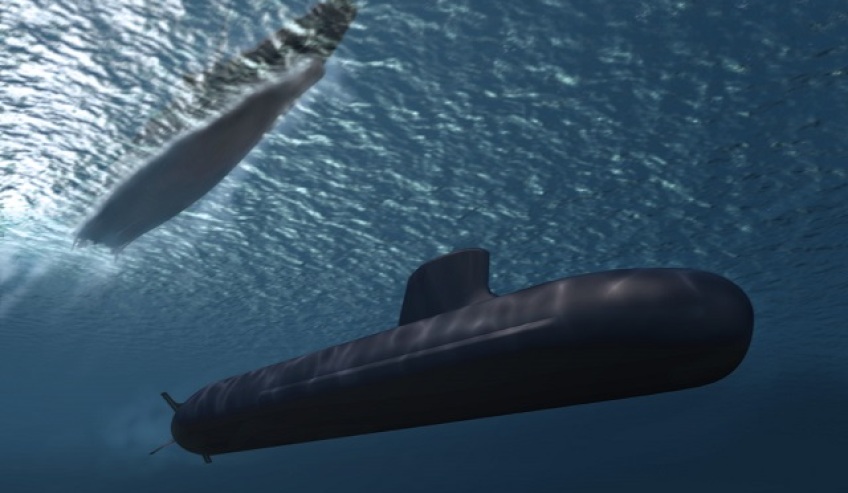Defence technologies are set to take a big leap forward with a new strategic alliance between Defence Science and Technology (DST) and L3 Technologies.
To continue reading the rest of this article, please log in.
Create free account to get unlimited news articles and more!
Minister for Defence Christopher Pyne said the new research alliance will focus on developing new technologies in undersea command and control systems, spectrum sensing and shaping, and cyber assurance.
Enhanced underwater maritime communications is the first research topic to be explored under the strategic alliance, demonstrating the joint commitment to research and development, where both parties share the risks and rewards.
Minister Pyne said, "The government is investing $80 billion in Australia's future submarines and future frigates, which need to be backed with advanced maritime technologies. I welcome this alliance which will drive innovation, as our Defence scientists and leading maritime industry partners collaborate to deliver new capability solutions for Defence."
The alliance agreement was signed by Chief Defence Scientist Dr Alex Zelinsky and Alan Titheridge, CEO of L3 Technologies, at the recent Land Forces event.
"With L3 Technologies now on board, DST has strategic alliances with 15 Defence primes and public-funded research agencies," Minister Pyne said.
SEA 5000 (Future Frigate Project) will provide nine frigates optimised for anti-submarine warfare to replace the Anzac Class frigates. They will be known in service as the Hunter Class frigates. The government has approved the initial budget of over $6 billion for the design activity to incorporate the Australian requirements, to conduct prototyping of ship blocks in the new shipyard under construction at Osborne in South Australia, and to order long-lead items for the first three ships.
SEA 1000 (Future Submarine Project) will provide twelve regionally superior submarines to replace the Collins Class submarines. The government has comitted $80 billion to procure the submarines designed by Naval Group (formerly DCNS), to be built in Osborne.
L3 Oceania is the partner of choice in the provision of acoustic systems and solutions to the naval and maritime domains particularly in the areas of through-water communications and portable tracking, and geospatial support systems. This capability extends to hydrographic system solutions that leverage the inherent product design and development, instrumentation, systems engineering and system integration capabilities.
Stephen Kuper
Steve has an extensive career across government, defence industry and advocacy, having previously worked for cabinet ministers at both Federal and State levels.

 Login
Login








